→ Continued from issue #2: Maybe it would be better if we worked in groups of three? Part 1 of 2: The Discursive
There is a doorman working at the entrance who is very good at recognizing people. He is also a judge of character based on facial appearance. However, he is blindfolded. The doorman is accompanied by a colleague who is unable to move. Tied to a chair. Incapable of physical activity. At the right time, when the music has finally stopped, people stream out past the doorman. After their activity and all their engagement with the party, the mood is subdued, people just leave normally. Not making any fuss, no rushing, just moving away. There are no lengthy periods spent milling around, talking and looking at cars. At the end of this party there’s just a group of people quietly going on their way.
—Philippe Parreno, Snow Dancing, 1995
Maybe we’re trying to catch a moment, maybe an earlier moment. Maybe it’s a Volvo moment—June 17, 1974, when the view from the factory was of the trees, and the way to work together was as a team, and we know that the future is going to work out—that everything is a trajectory as long as we can keep things this way and Ford don’t buy the company.
For those who grew up in postwar Europe, notions of group work were embedded in educational systems. From preschool “play-groups” through the organizing structures of management, with group discussion and teamwork, we find a set of social models that carry complex implications for people who think they can create something using a related, if semiautonomous, methodology.
The discursive is wedded to the notion of postwar social democracy. It is both a product of its education systems and subject to its critical potentials and collapses. The European context has surrounded itself with experiment-machines in the culture. The discursive framework’s success or failure is connected to various postwar phenomena connected to identity politics and postcolonial theory. At the same time, the discursive is suspicious and resistant to the idea of a key protagonist. Without key protagonists, however, it is very hard to know what to do, when to occupy and when to function; however, the lack of leading voices does permit the discursive to evolve and include.
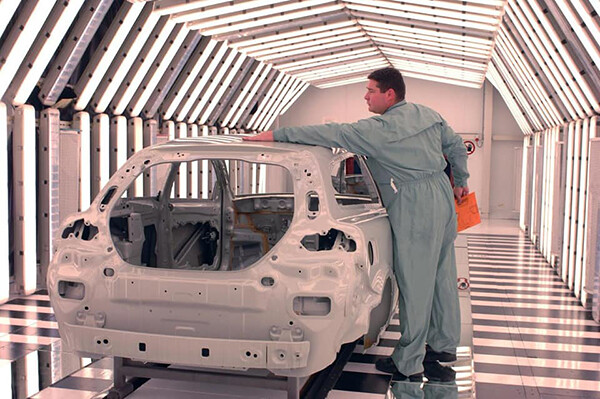

If we accept the postwar period as a closed one, we have to think harder about whether the discursive is merely a gesture towards recuperation of ideas, places, and values. The discursive frame may merely be playing out various recuperative projects that are tacitly encouraged within a terrain of closure and globalization simultaneously.
The decentered quality of critical art practices meets an anxiety about the combination of the localized and the internationalized. This contradictory quality is exemplified by the discursive frame, with its displays of the local to the international (and vice-versa) within the context of globalized cultural journeys. The discursive offers the potential for art to operate within smallish groupings out of sync with contemporary circumstances, yet deeply embedded within its values and flows. This has a lot to do with a coalescence of smallish groupings, which then play out a suspension of aims and results within a context of indifference and projected future meetings.
The potential of the discursive framework is to engage the “out of reach” and the “too close” simultaneously—art functioning as a structural parallel to contemporary working dilemmas. A dominant, visible feature of certain developed, late-modern art practices is the idea that prior to being manufactured, a product must be sold. The discursive makes use of theories of immaterial labor in order to account for the blurred factors that surround and produce commodity value—to understand the set of factors that produce the informational and cultural content of a commodity. The discursive becomes a negotiation and demonstration of immaterial labor used for other ends.
Marx described the idea of identifying the true value of a chair in opposition to the commodity value of a chair. It is one of the philosophically weakest parts of Capital. Marx’s notion that a chair has an essential value prior to its commodification—a natural “chairness” before being corrupted and commodified by capitalism—is at the heart of classic understandings of post-Duchampian art. This idea is exceeded and abandoned by the discursive, in sync with recent critical texts on commodity value.
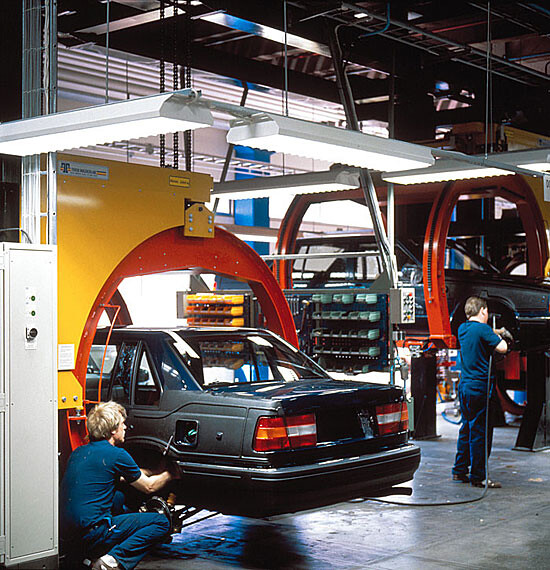

I have worked on the “Volvo question” for the last few years. Most of my research on Volvo has been done through Brazilian academic papers concerning the legacy of 1970s production techniques in Scandinavia and models of flexibility, collaboration, and the idea of a better working environment in an ideally productive post-Fordist context. There has been a synchronization of desire and structure: in the last ten or fifteen years, discursive, fragmented, atomized, content-heavy art projects have somehow freed themselves from classical ideas concerning the problem of commodity culture. They have taken on the deep structure of work and life.
In the Volvo factory you can see trees while you are making the cars. But you are still making cars, never taking a walk in the woods. Where are the models for contemporary art production in the recent past? Is it Volvo, is it the collective, or is it the infinite display of the super-subjective? Do these factors share a similar cultural DNA? The idea of collective action and the idea of being able to determine the speed with which you produce a car, whether you produce it in a group or individually, at night, or very slowly, seems close to the question of how to make art over the last fifty years.
At Volvo, people ended up creating more and more free time, and during that free time they talked about ways to work faster. In both the cultural sphere and the traditional productive sphere, the trauma and attractiveness of infinite flexibility lead to the logic of redundancy. In the end, Ford bought the company and reintroduced the standard production line, not because it was more efficient in pure capitalist terms, but because it reinforced relations of production.
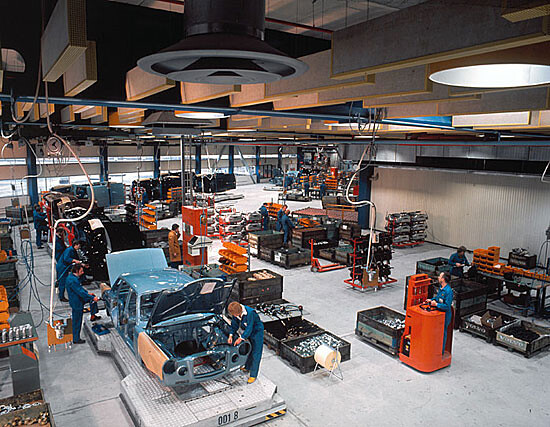

One of the reasons why I think the factory needs to be looked at again is that the factory, as a system, allows you to look at relationships in a totalizing way. In terms of productive potential, the struggle between speculation and planning has been one of the great struggles of the twentieth century. We can now say that speculation won, and the rhetoric of planning has become something we do for the people we do not know what to do with. We plan for them, but everyone else should speculate.
The factory model is of use here: the factory has a planned quality in spite of the fact that it is always the playing field of the speculative. The myth is that speculation lures production, lures industry, lures investment, and in this way the factory is always caught in a psychological and philosophical dilemma: in order to effectively activate speculation, you have to plan.
In the Soviet Union, every large city had an experimental factory. At Magdeburg today, they have an experimental factory. The experimental factory is a dynamic paradox: a model for the experimental, without experiments; the factory that exists but does not produce. The idea of the experimental factory or workshop remains a dynamic legacy within the notion of productive cultural work. The postwar social project activated compromised forms of earlier idealized modernisms, and created a mesh of alleviated working circumstances that left behind the experimental factory as an attractive model of potential. You can draw a parallel between the rise of the experimental factory as a functional promise and the way critical cultural exhibition structures developed alongside it. Without even considering the common phenomenon of occupying abandoned plants of the recent past as the site of art, these exhibition structures did so according to a program of regeneration within the mainstream contemporary art context.
Perhaps it is possible to explain the discursive cultural framework within a context of difference and collectivity—difference being the key word that defines our time, and collectivity being the thing that is so hard to achieve while frequently being so longed for. We have to negotiate and recognize difference and collectivity simultaneously. It is an aspect of social consciousness that is exemplified in the art context. As social definitions and processes of recognition, difference and collectivity feed from the examples of modern and contemporary art. Art is nurtured and encouraged in return by way of a cultural permission that grants a space for that which cannot be tolerated, but can be accommodated under the conditions of neoliberal globalization.
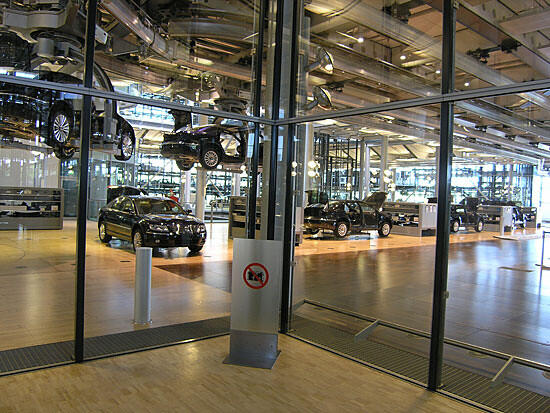

The discursive thrives when we are increasingly alienated from sites of traditional production, owing to the displacing effects of globalization and the increasing tendency towards infinite subcontracting. Struggles over the site of production still exist, but they are constantly displaced and projected—the struggles are reported, but are sometimes resistant to identification across borders. They exist within a context that offers an excessive assertion of specificities, as well as tense arguments on the Left about how to accept difference and protect the local.
Difference and collectivity are semiautonomous concepts in an art context. The logic of their pursuit leads us to the conclusion that we should destroy all traditional relations of production in order to encourage a constant recognition of disagreement and profoundly different aims within a context of desire. The focus of the discursive is more on the aims and structural efficacy of the cultural exercise than on what is produced. In turn, what is produced operates in parallel—unfettered by the requirement to be the total story.
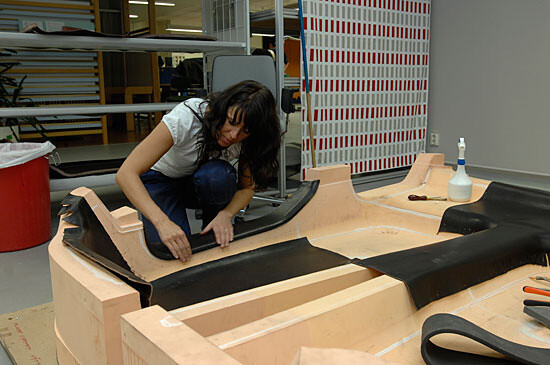

But all of this is problematized by a nostalgia for the group. We are sometimes in thrall to structures from the recent past that were not supposed to be a model for anything. Some of the structures that we use, as cultural producers, echo a past that was part of a contingent set of accommodations and dynamic stresses within the postwar social project. Around this, there remain old relationships of production that still exist outside complex theories of the postindustrial that are at the heart of postwar “developed” societies.
We can see how this developed and left traces in the culture. Consider the history of the French Groupe Medvedkin, which made films between 1967 and 1974 in the context of factories and other sites of production. They worked, filmed, and agitated at the Lipp watch factory in France and subsequently in the Peugeot factory in Sochaux. What you see very clearly in these films is a shift that is mirrored in the dominant art context. When looking today at one of their films shot in 1967, you do not see any superficial or linguistic differences between those who run the factory, those who work in the factory, and those who criticize the factory from outside—they are all from the same culture. Physically, they look the same. Though certain differences of detail can be determined, they are nuanced and require acute class consciousness. The effects of postcolonialism have not yet shifted the source of cheap labor from the various colonies to the neighborhood of the consumer. But Bruno Muel’s 1974 film Avec le sang des autres opens with a group of longhaired activists wearing old military jackets, standing outside the factory gates. They are attempting to play as a brass band to a group of silent, clearly embarrassed immigrant car-workers primarily from North Africa.
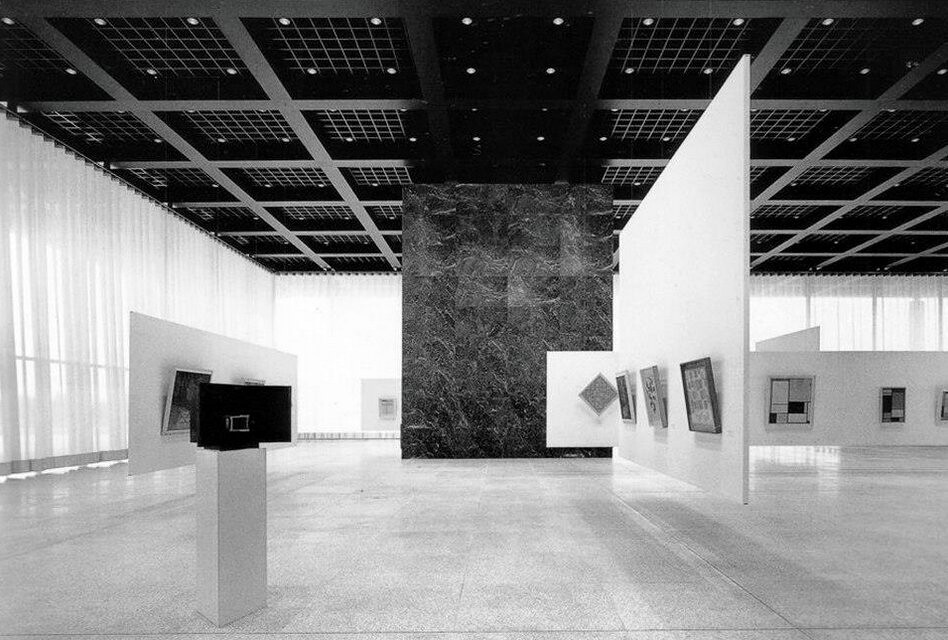

Through this series of films you see a clarification and separation of aesthetics in terms of identification, language, and techniques of protest. Simultaneously, you see a conspicuous drop in easy communication. Modes of address have separated. Different groupings are talking, but only within each group, and each group has developed a sophisticated role-playing function in relation to the others. They demonstrate “positions” to each other. This shift towards the notion of a public faced by a complex display of self-conscious role-playing is familiar within an art context. It does not lack insincerity, and it does not lack genuine political engagement—it is a functional parallel.
We have created the conditions for the experimental, but no actual experiments (or vice-versa). Micro-communities of redundancy have joined together to play with the difference between art time and work time. The question is how to develop a discursive project without becoming an experimental factory—without slipping into a set of conditions that lead to a certain redundancy. It is the attempt to hold the collective on this brink that energizes the discursive context.
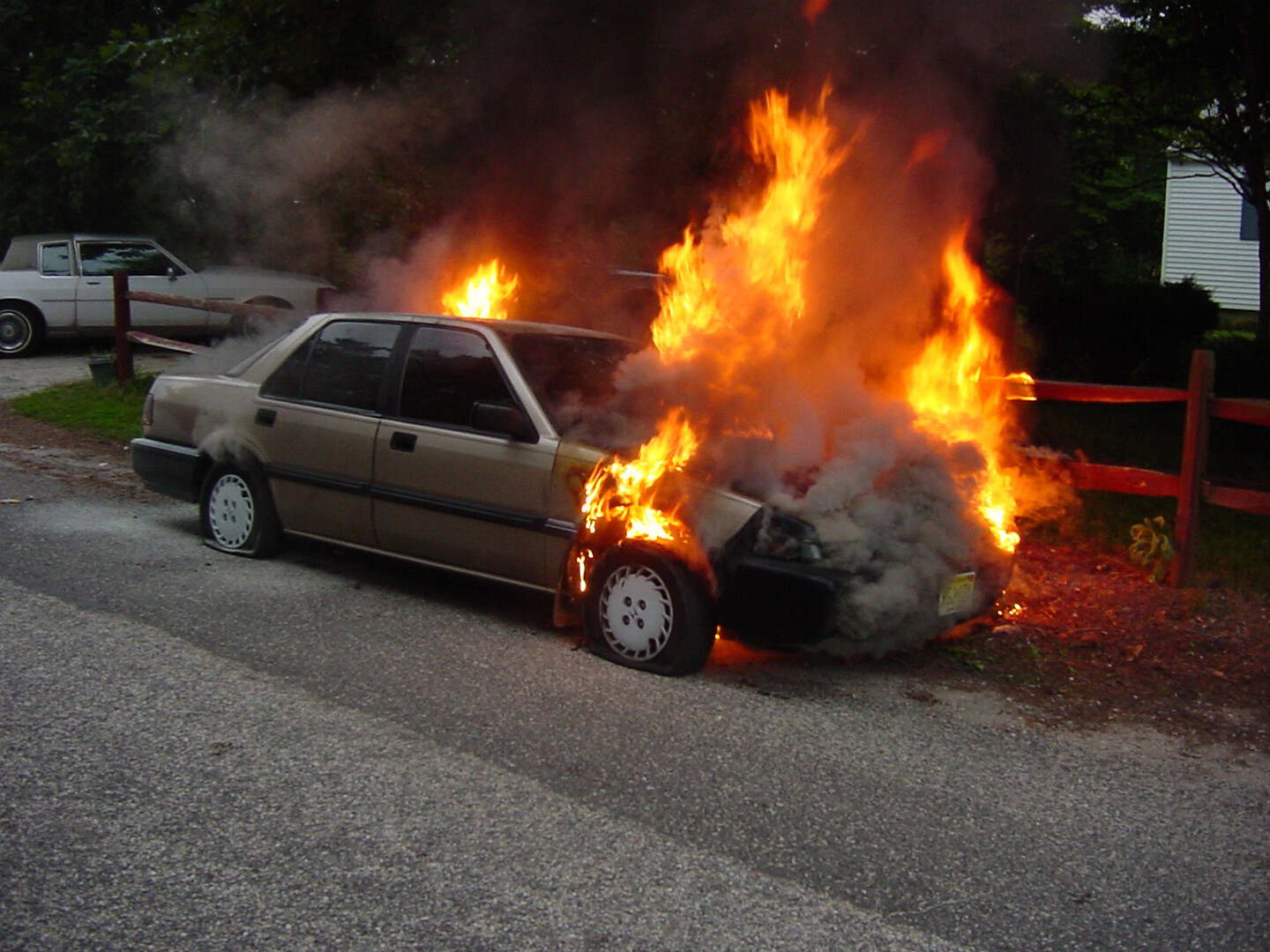

The discursive is peopled by artists who increasingly accept a large number of permanently redundant citizens and who have come to terms with the notion of the permanently part-time worker in the face of the permanently educated artist. The notion of continual and permanent education is used in different cultures in order to escape what are actually clear political differences to do with class, situation, and power. It is the promise to the poor child of a way to escape bad conditions. But within the discursive, the notion of self-improvement is ideologically specific and accompanies a philosophy connected to postwar power structures.
My grandfather’s questions always concerned what I would do with all the leisure time I would have in the future. The question now is: how do you know how much leisure time you have? We have to address the reduction of leisure as a promise, and as a marker within the postwar. The discursive is linked to the question of who is managing time. Control of time was traditionally the dominant managerial tool, and it was rightly challenged. Self-management has subsequently become generalized in a postindustrial environment. It is the way even mundane jobs are advertised now.
The idea has become that it is essentially better to manage your own time within a framework that involves limitless amounts of work, with no concrete barrier between working and non-working. This is something that underscores the discursive frame—the potentially neurotic, anxiety-provoking situation within which we find cultural producers operating. It has superficial advantages and clear disadvantages. It is a notion of permanent soft pressure (which finds form via the computer and digital media) to manage your own time in relationship to broader networks.
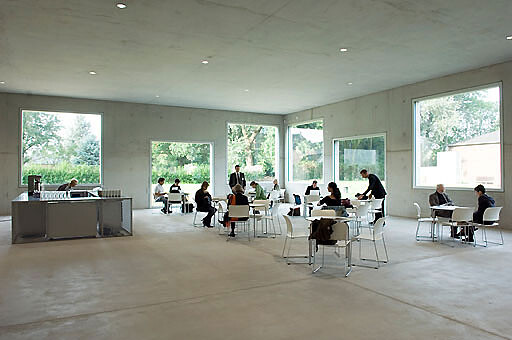

The discursive demonstrates a neurotic relationship to the management of time as a negatively activated excess of discussion, discourse, and hanging around. The rise of teamwork and networks is linked to a denial of the location of complex and disturbing old-school production relationships that still exist as a phantom for progressive thinkers. The notion of flexibility within the workplace is a way to encourage people to rationalize their own disappearance or redundancy when necessary. Working situations are not changed—the idea is that YOU have to change.
Maybe we have to think about revised languages of production within the context of self-management. Via small, multiple, flexible groupings, the discursive art context intends to go beyond an echo or a mirroring of simple production relations, though they remain subject to the same complexities that afflict any self-managed environment even when they refuse to create a timetable. As a production cycle rather than a fixed performative moment in time, the discursive uses certain production analogies in relation to what “could be useful” instead of a permanent “association of free(d) time.” It occupies the increasing gap between the trajectory of modernity (understood here as a flow of technologies and demographic developments) and the somewhat melancholic, imploded, self-conscious trajectory of modernism.
It is within this zone that we can explain the idea of no surprise, sudden returns, and acceptance of gains and losses as simultaneous symptoms and catalysts. It is here that we can build contingent critical structures that critique both modernity and its critical double.
Category
Subject
This essay began as a series of seminars given by Gillick at unitednationsplaza, Berlin. A version of this text was given as the 2008 Hermes Lecture/AKV St. Joost, Avans University, NL.
Liam Gillick would like to thank Camiel van Winkel for his editing of an earlier version of this text.

